October 4th: Animal Day! Time to pamper your pet or brush up on your animal knowledge. I can't even count the number of times I've let out an "oooh" or "aaah" after hearing a fun animal fact, I'm so impressed by the wonders of animals...
The animal kingdom is chock full of surprising facts you've probably never heard. From birds that can fly backward to bears with black skin, nature continues to amaze us with its peculiarities. That's why I'm sharing fifteen super cool animal facts with you today that are guaranteed to give you a wow moment. Are you short on conversation topics anytime soon? These facts might just come in handy!
15 Fascinating Animal Facts
1. Dalmatians are born without spots
It's hard for couples, but newborn Dalmatian puppies are completely white! Their iconic black or brown spots don't appear until about one to two weeks old. Puppies are born with a completely white coat because their pigment cells aren't fully developed yet. As they grow older, they continue to develop new spots until they're about a year old. Every Dalmatian has a unique spot pattern, just like a fingerprint!

2. Frogs can freeze without dying
Some frog species, like the wood frog, have developed a unique survival mechanism. During harsh winters, up to 70% of their body water can freeze! Their bodies produce glucose, which acts as a kind of antifreeze for their vital organs. As soon as spring arrives and temperatures rise, they simply thaw and happily hop along as if nothing had happened. This is how they survive temperatures down to -18°C!
3. The hummingbird is the only bird that can fly backwards
With their unique wing structure, hummingbirds can not only fly backward, but also hover in midair and even fly upside down! Their wings can beat up to 80 times per second, creating that characteristic humming sound. These tiny wonders of nature are also the only birds that can flap their wings in a figure-eight pattern, giving them incredible flying abilities.

4. Stallions have more teeth than mares
Adult male horses have an average of 40 teeth, while mares usually only have 36. This is because stallions develop four extra canine teeth, also called tusks. These appear between the ages of four and five. Some mares also develop these canines, but they are much smaller. Scientists believe these teeth were used in the past during stallions' fights.
5. Cats recognize their name, but choose not to respond
Japanese research has shown that cats can indeed distinguish the sounds of their own name from other words, and even the names of other cats in the household. However, they consciously choose not to always respond. Why? Because, unlike dogs, cats were never bred to be obedient. They're just... cats. Their brains do register when you call them, but whether they act on it depends entirely on their mood at the time!

6. Snails have four noses
Well, technically they're not true noses, but they do have four tentacles that they use for smell! The two longer tentacles on top of their heads have eyes at the tips, while the two shorter tentacles below are used for smell and taste. These "noses" allow snails to locate food, detect danger, and even find other snails to mate with. Pretty handy, four noses already!
7. Koalas sleep an average of 22 hours a day
Koalas are the true sleep champions of the animal kingdom! They sleep an average of 18 to 22 hours a day. This is because their diet consists almost entirely of eucalyptus leaves, which have very little nutritional value and require a lot of energy to digest. By sleeping so much, they conserve precious energy. So if you think your cat is lazy, think of the koala!

8. The Australian wombat lays square droppings
Wombats are the only animals in the world that produce cube-shaped droppings! They can produce 80 to 100 of these square droppings per night. Why square? So they don't roll away when they use them to mark their territory. Their intestines have special elastic zones that compress the droppings into this unique shape. Who would have thought poop could be so geometric?
9. Elephants can't jump
Elephants are the only mammals that can't jump. This is due to their enormous weight (up to 6,000 kilos!) and their unique leg structure. Unlike most animals, elephants don't have the elastic ligaments in their feet necessary for jumping. All four feet remain in contact with the ground at all times. But don't worry, they can run surprisingly fast, up to 40 kilometers per hour!

10. Axolotls can regrow body parts
These Mexican salamanders are masters of regeneration. They can regrow not only limbs, but also parts of their hearts, lungs, spinal cords, and even fragments of their brains without scarring! Scientists are intensively studying axolotls in the hope of one day applying these regenerative properties to human medicine. Sadly, these fascinating creatures are threatened with extinction in the wild.
11. The bat is the only mammal that can actually fly
While some mammals, like flying squirrels, can glide, bats are the only mammals that can actually fly actively! Their wings are essentially extremely elongated fingers with a thin membrane of skin between them. There are over 1,400 different species of bats worldwide, which represents about 20% of all mammal species. They play a crucial role in ecosystems by eating insects and pollinating plants.

12. A polar bear's skin is black
Although polar bears look like they have snow-white fur, their skin is actually pitch black! Their "white" fur is made up of transparent, hollow hairs that reflect sunlight, making them appear white. These hollow hairs conduct the sun's heat directly to their black skin, which absorbs it and helps keep the bear warm in the frigid Arctic conditions. A clever design by nature!
13. Octopuses have three hearts and blue blood
An octopus has not one, not two, but three hearts! Two hearts pump blood to the gills, while the third pumps blood throughout the rest of the body. Even crazier: their blood is blue! This is because they use the copper-rich protein hemocyanin to transport oxygen, instead of the iron-rich hemoglobin that makes our blood red. Octopuses also have nine brains: one central brain and eight smaller brains in each of their tentacles!
14. Penguins have a built-in saltwater filter
Penguins drink seawater, but how do they avoid consuming too much salt? They have special glands above their eyes that filter excess salt from their bloodstream. This concentrated salt is then excreted through their beaks. You can even see it: sometimes it looks like a penguin has a runny nose, but it's actually excess salt dripping out. Pretty handy if you live in the middle of Antarctica!

15. Giraffes only sleep 30 minutes a day
Giraffes are among the animals that require the least amount of sleep. In the wild, they sleep an average of only 30 minutes to two hours per day, usually in short naps of just a few minutes. This is because, as large herbivores, they are vulnerable to predators and therefore must remain alert. Furthermore, it takes a lot of time to gather enough leaves for their enormous bodies. In captivity, where they feel safer, giraffes sleep slightly longer, sometimes as much as four to five hours a day.
Why are these animal facts important?
These fascinating facts demonstrate the diversity and wonder of the animal kingdom. Each animal has developed unique adaptations to survive in its specific environment. By learning more about animals, we develop a greater respect and appreciation for the natural world around us. Moreover, this knowledge helps scientists find new solutions to human challenges, from medicine to technology.
Celebrate World Animal Day!
Whether you have a pet or simply love animals, World Animal Day is a wonderful opportunity to reflect on all the wonderful creatures we share this planet with. Perhaps it's time to pamper your pet a little extra, donate to an animal shelter, or simply learn more about the fascinating creatures in your area.
Do you know a fun animal fact that isn't listed here? Share it in the comments. Happy Animal Day!
Vera wrote this article a few years ago for Happlify, we added it in honor of Animal Day.

The author: Vera Bertens
Vera Bertens is the creative heart and brain behind Franje Design, which she founded in 2009. Besides her wondrous world of sweet and funny creatures, she also illustrates and designs on commission from her studio in Tilburg. We love her work and invite you to discover this Dutch gem for yourself. Vera's blog posts >
Sources: bestlifeonline, factanimal

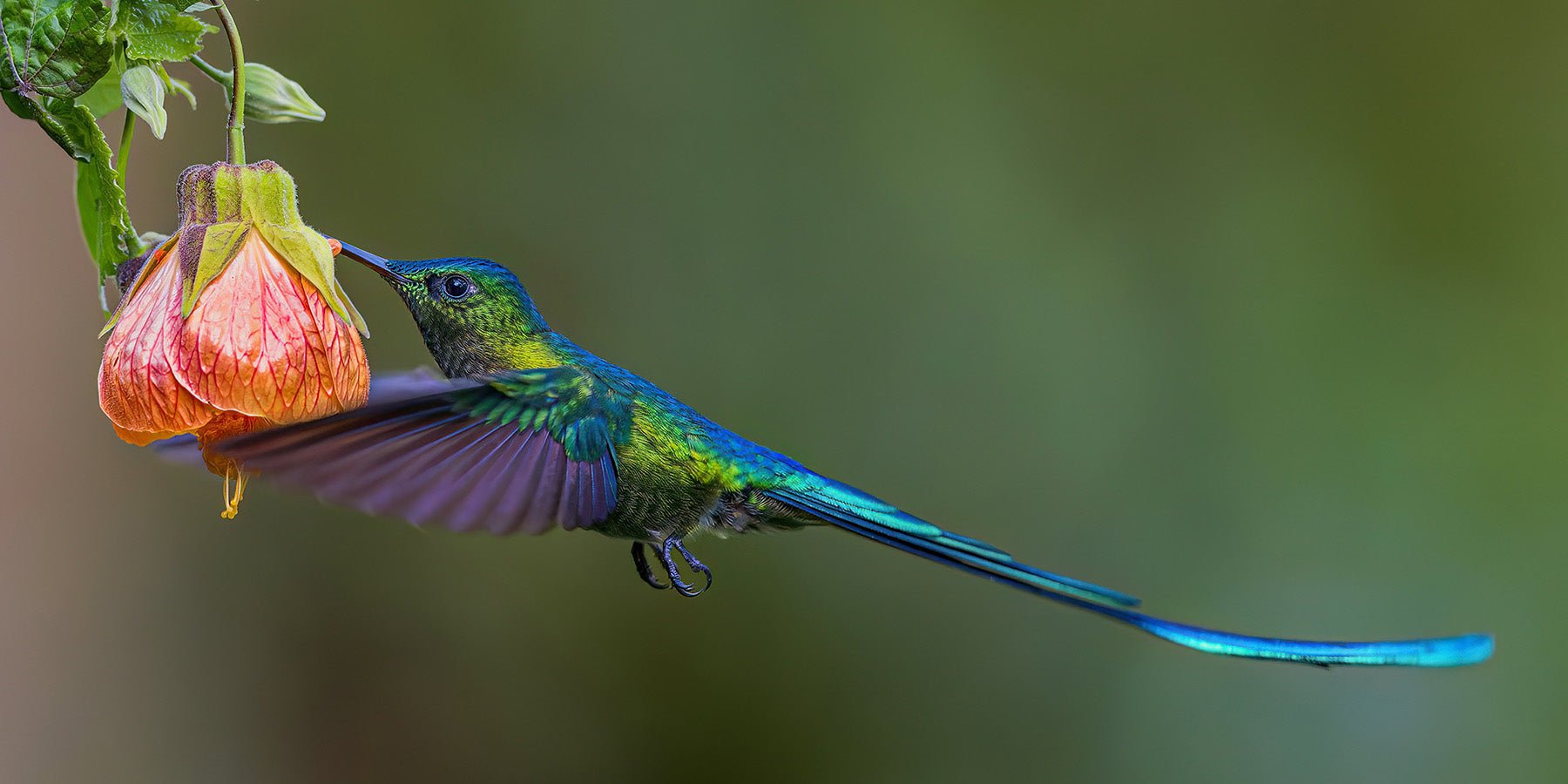



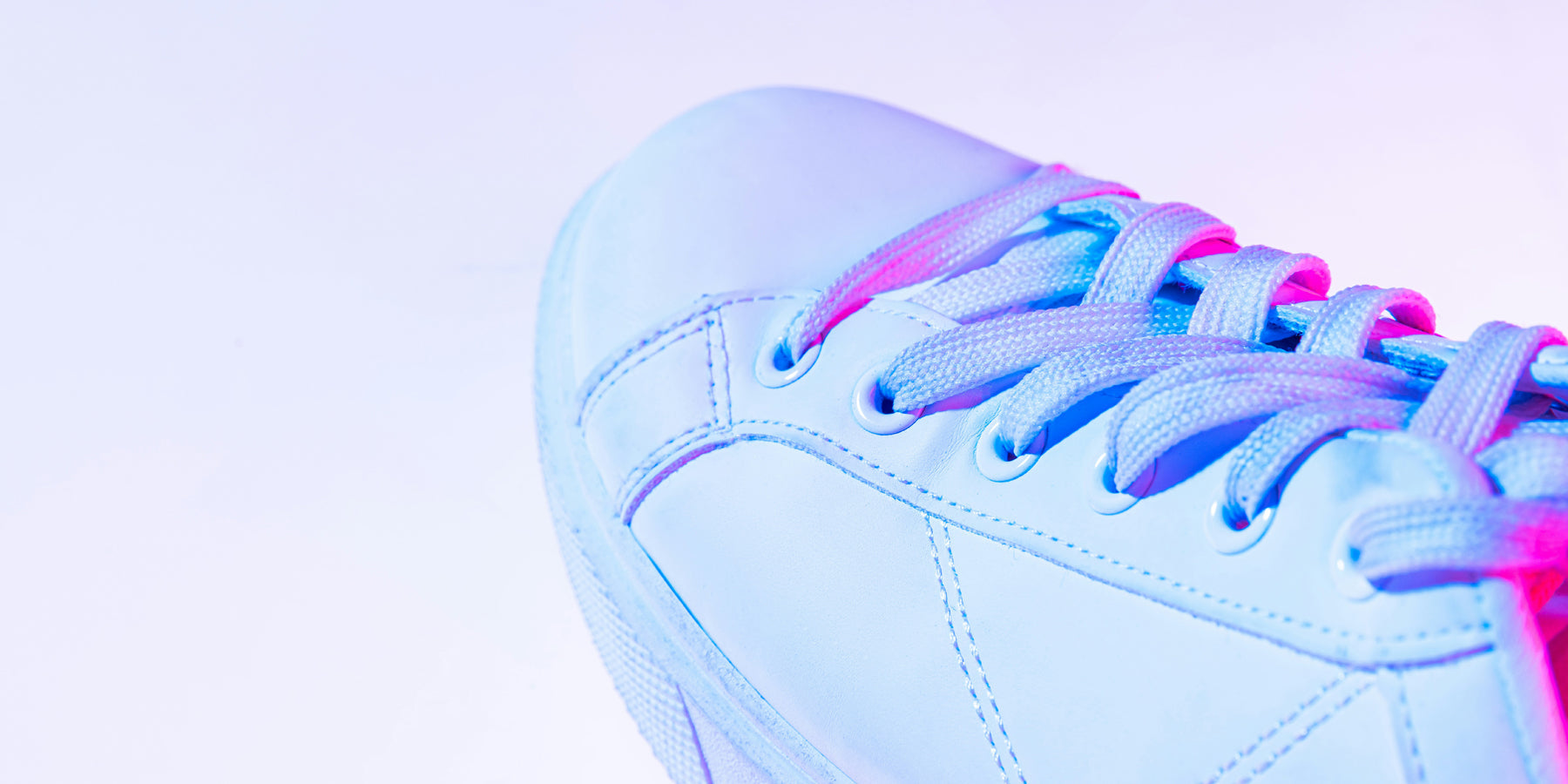
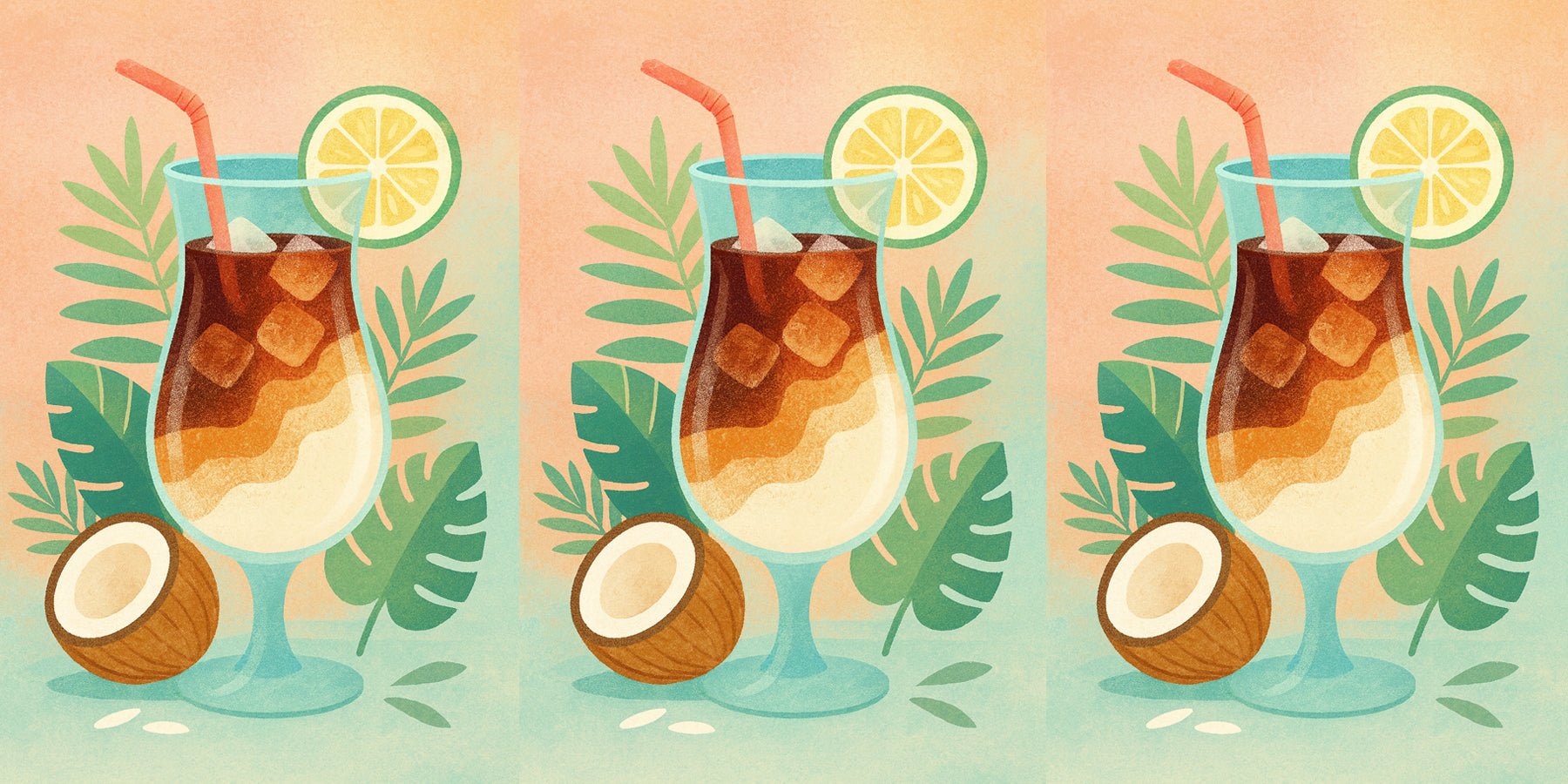


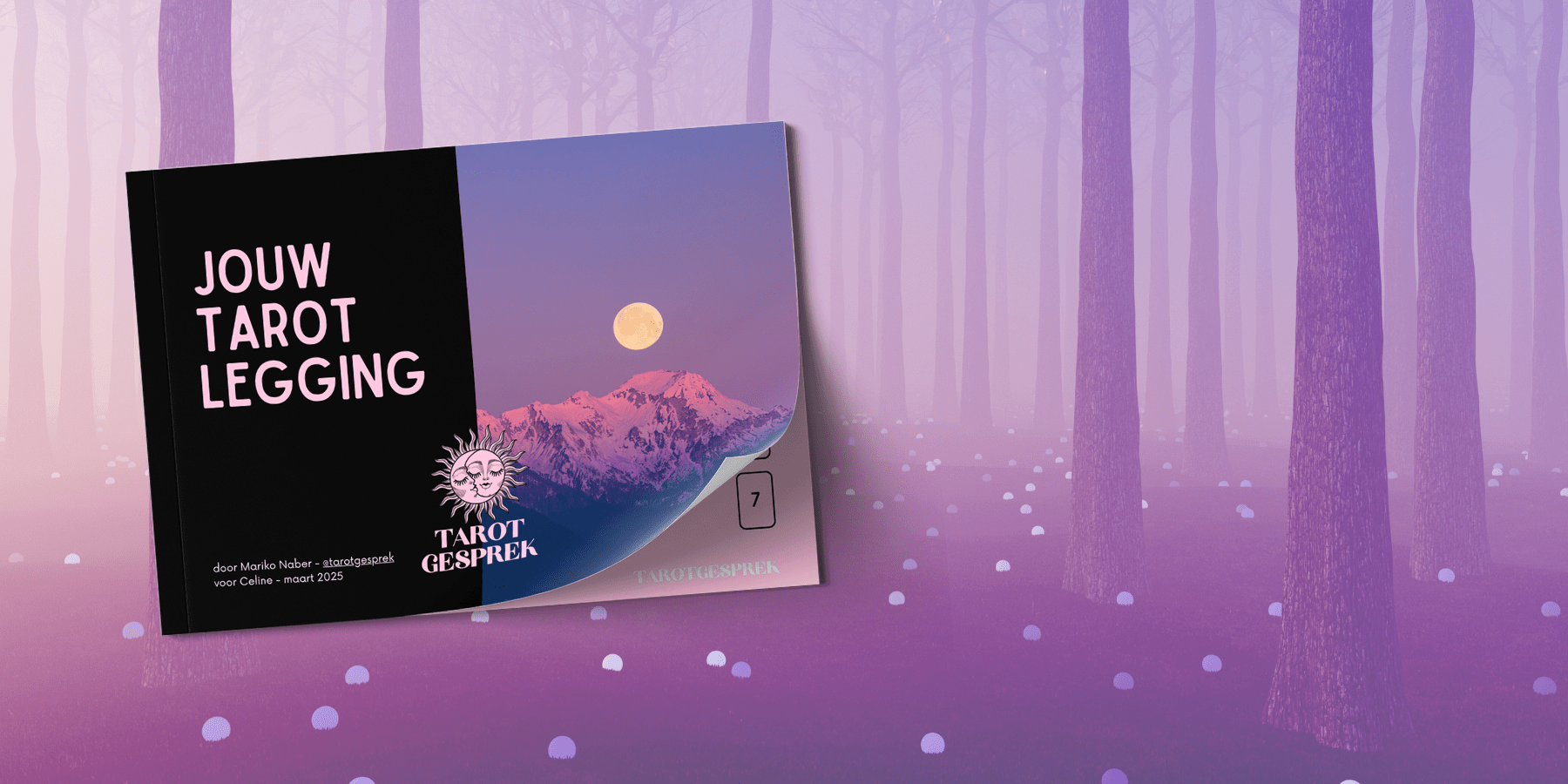

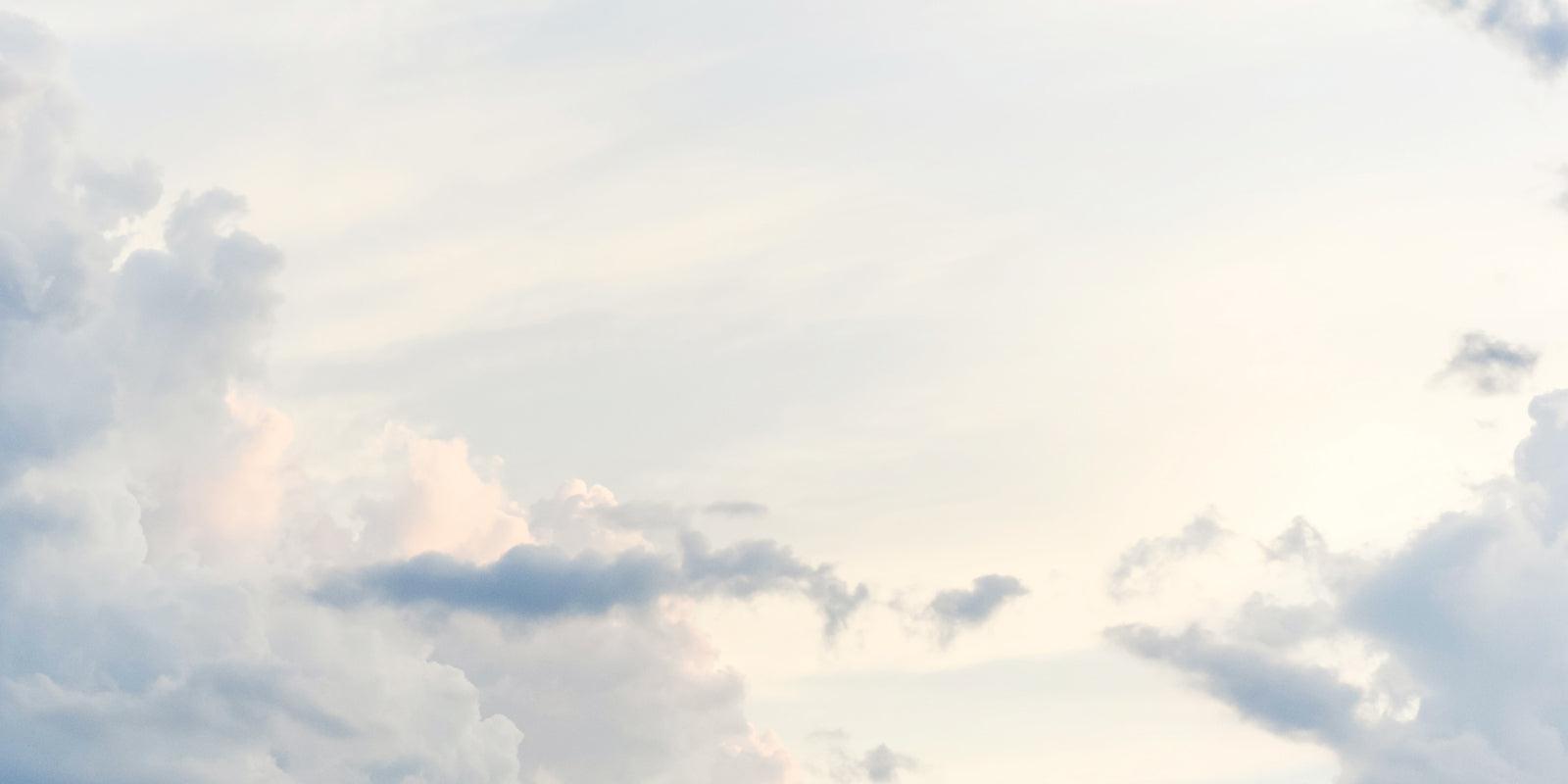
Interesting? Share with someone:
1 comment
Een dieren weetje. Cavia’s kunnen geen diepte zien en toch wonen ze van oorsprong in de bergen in Zuid-Amerika.
Online market growth due to popularity of pre-loved items
The power of a consistent appearance